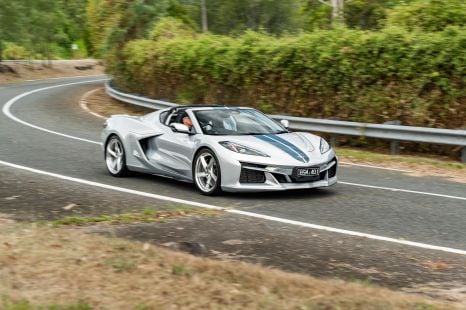

CarExpert.com.au
The CarExpert team's favourite cars of 2025
2 Hours Ago
India's cut-price Wrangler and Jimny contender can't come to Australia in its current form, after a Federal Court case filed by FCA forced its hand. But the brand has made no admissions...

Senior Contributor
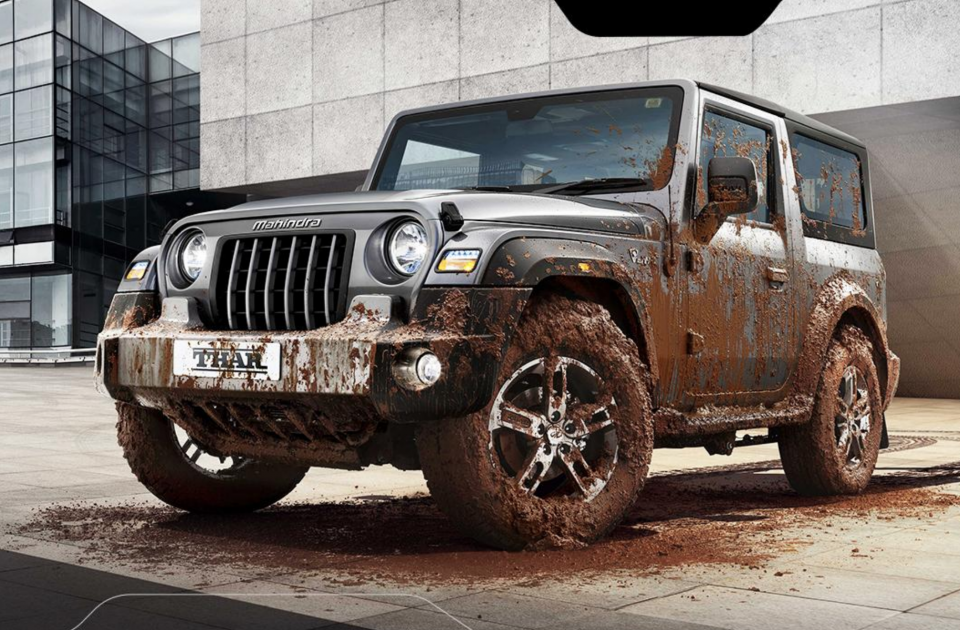

Senior Contributor
Indian company Mahindra has told Australia’s Federal Court it will shelve plans to import and sell the rugged Thar 4×4, a cut-price Jeep Wrangler lookalike, at least in its present incarnation.
A case has been ongoing between applicants FCA Australia and FCA US LLC, and respondent Mahindra Automotive Australia Pty Ltd.
FCA (now known as Stellantis) has tried to stop Mahindra offering a vehicle that it feels impinges on its design trademarks, having filed suit with the NSW registry on April 26.
Mahindra made no admissions to this effect while undertaking to follow court orders. Reading between the lines, this does not definitively rule out a version of the Thar being sold in Australia at some point.
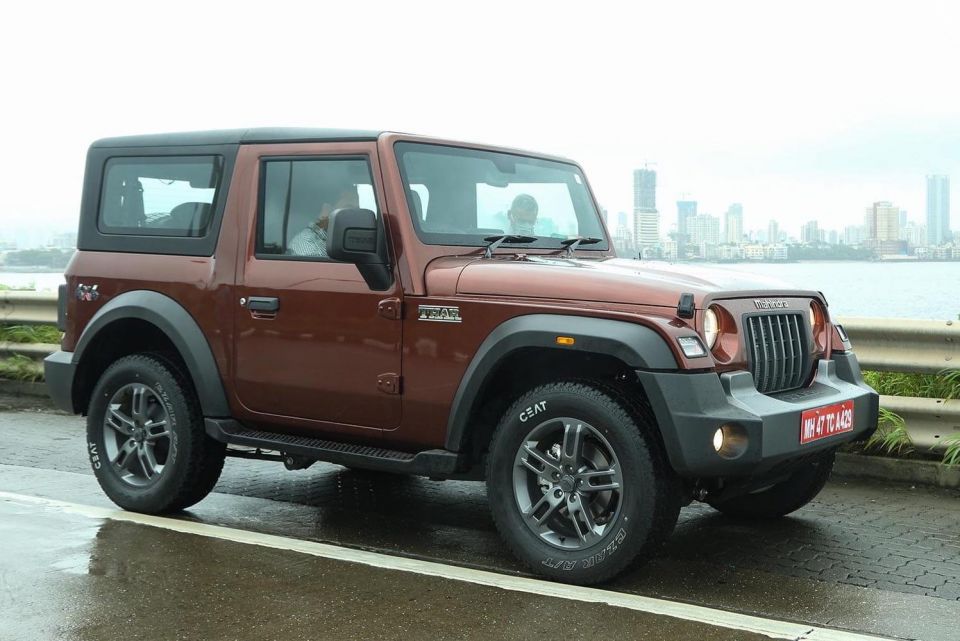

You may recall Jeep sued Mahindra over the design of a 4×4 model sold in the US called Roxor back in 2018, so there’s no love lost – even though the CJ-3B Jeep was licensed to Mahindra way back in 1949.
Mahindra had planned to launch the Thar as a rival to the Suzuki Jimny in Australia before mid-2021. It was expected to bolster the brand which currently markets the PikUp ute and XUV500 family SUV, as well as farming equipment.
A court undertaking dated May 20 found that:
“The Respondents [Mahindra] by themselves, their servants, agents and associates or otherwise, will not import, market or sell in Australia the model of the Thar vehicle that was launched in India on 2 October 2020.”
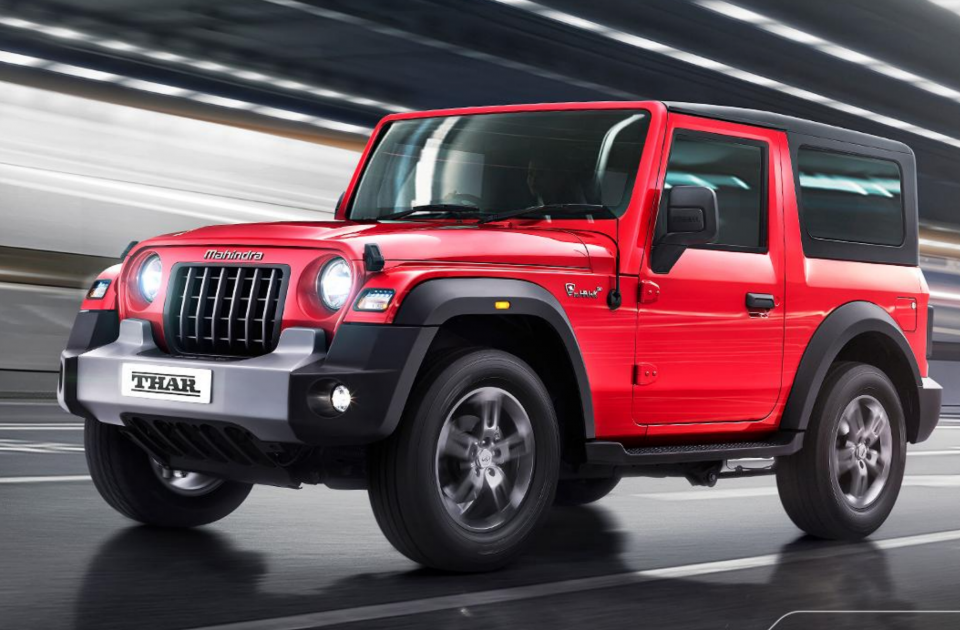
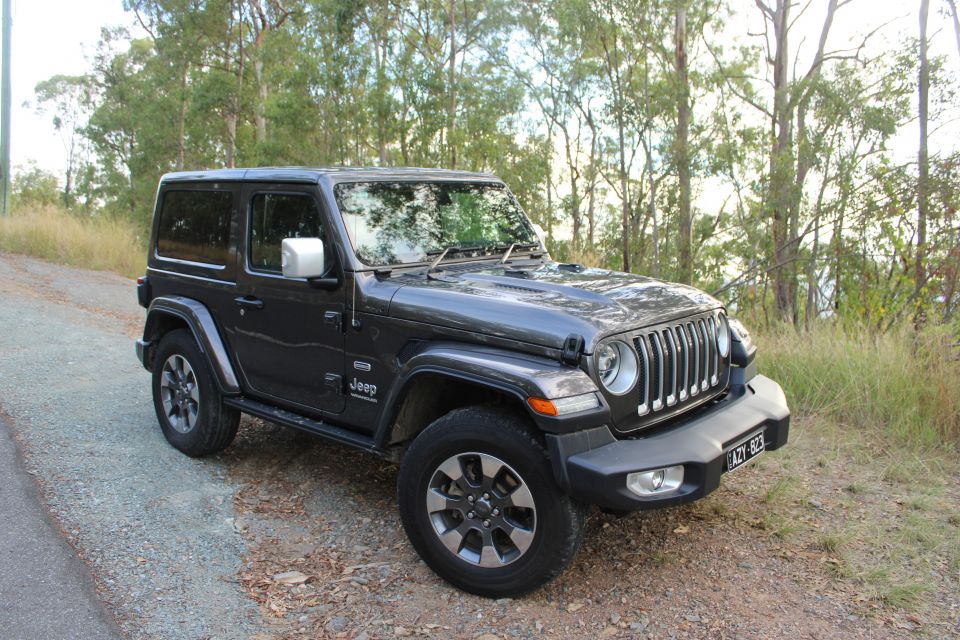
The court also said Mahindra must give FCA (now Stellantis) at least 90 days written notice prior to lodging an application with the Department of Infrastructure, Transport and Regional Development and Communications to have the Thar homologated for Australian roads.
This undertaking to provide written notice to FCA also applies should Mahindra seek to launch, market or advertise a “future model of the current Thar vehicle” or “variant of the current Thar vehicle” – for example, a stretched four-door model.
“Such notice [is] to include details of the appearance of the vehicle intended to be imported, marketed and sold in Australia,” the court documents added.
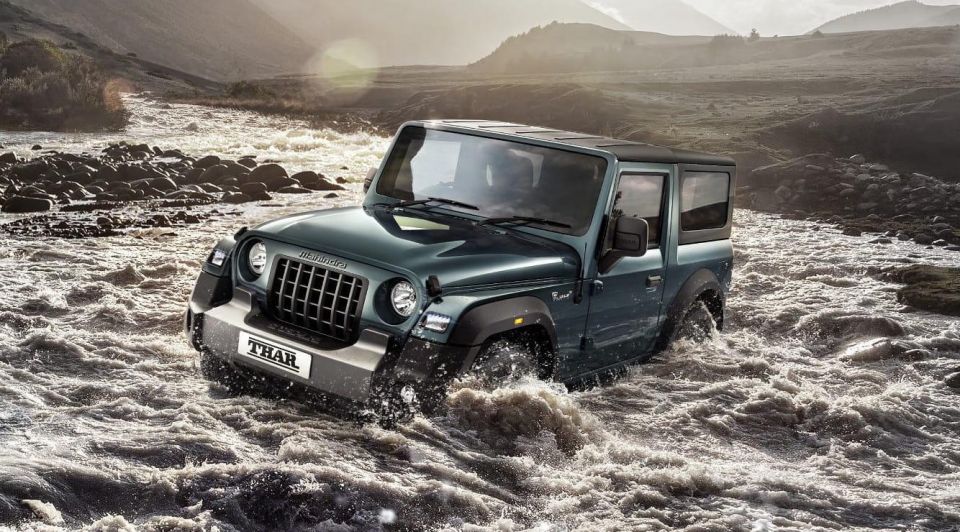
The court further noted that:
“If it becomes necessary for the Applicants [FCA] to re-agitate their application for interlocutory relief in respect of the Current Thar Vehicle, the Respondents [Mahindra] will take no issue with the delay in seeking that interlocutory injunctive relief between the date of this undertaking and the time of bringing that application, nor assert that steps the Respondents have taken during that period (other than a redesign of the vehicle) should preclude interlocutory relief.”
In other words, if Mahindra tries to import the Thar again, it should expect Jeep to attempt to stop it again, and this may take some time to make a decision on.
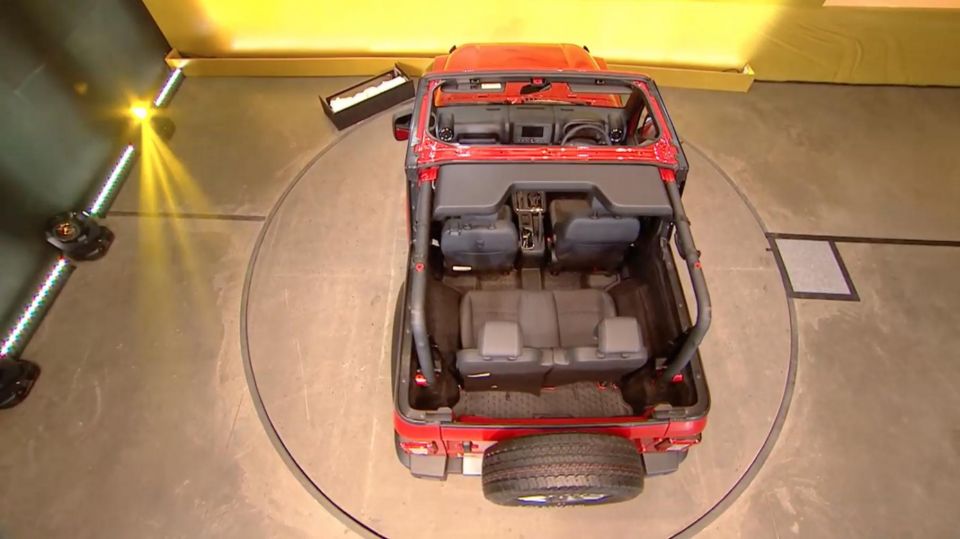
In a statement provided to CarExpert today, an FCA Australia spokesperson said:
“FCA is pleased that Mahindra has conceded and undertaken that they will not import, market or sell the current Thar vehicle in Australia and will provide prior notice to FCA before bringing any future model or variant of the Thar into Australia.
“This outcome illustrates our commitment to protect the iconic trade dress and trademarks of the Jeep brand here and overseas, and continue to engage the passion our customers and loyal Jeep community in Australia have for these iconic vehicles.”
In a statement provided to CarExpert today, a Mahindra Australia spokesperson said:
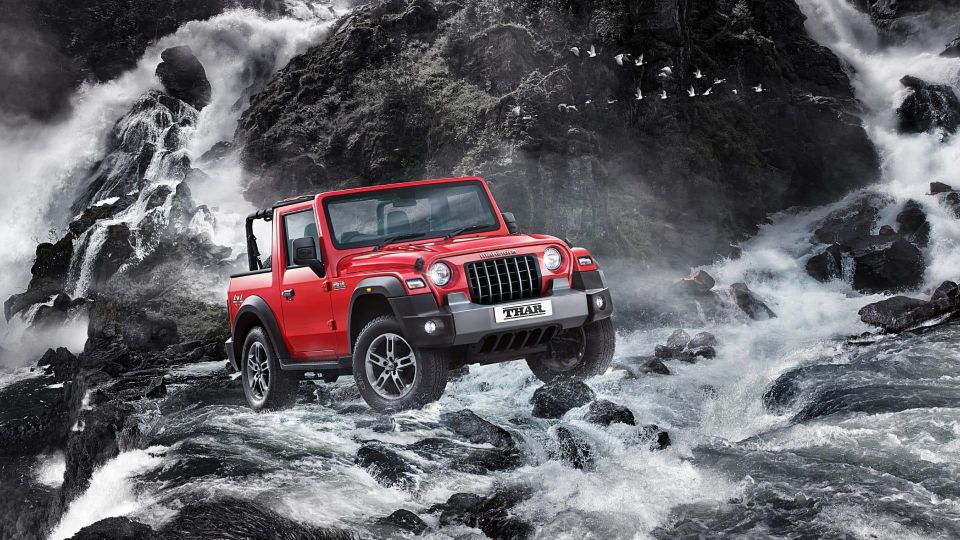
“Mahindra has made an undertaking not to import, market or sell in Australia the current Thar vehicle launched in India in October 2020.
“As part of our undertaking we have agreed to provide 90 days’ written notice to FCA prior to the lodging of an application for homologation, or the launch of any future model of the current Thar.
“This undertaking that has no bearing on our plans in the market as we continue to pursue a considered and managed expansion of our business across a number of vehicle categories.
“In what is our 75th year globally, and our 15th year of operation in Australia, Mahindra remains firmly committed to the many customers, country-wide, who put their confidence in us and our vehicles, every day.”
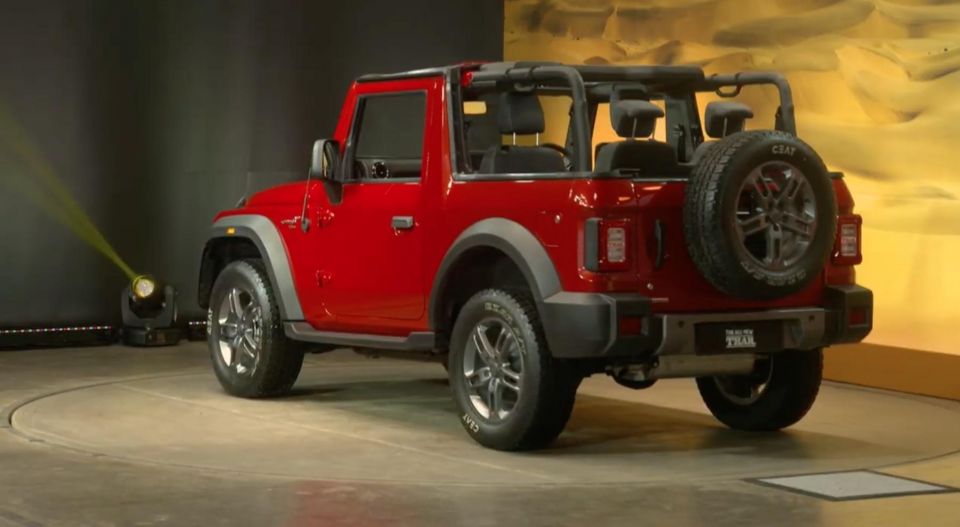
The new Thar was revealed online from a Mumbai design centre late last year (where it was penned, though Mahindra owns famed European design house Pininfarina) after a claimed four years of development work.
It’s a cult car in the subcontinent, with thousands of fanatical owners and a presence in both Bollywood and the Indian armed forces.
The new model is built on a new body-on-frame chassis with double-wishbone front suspension and a multi-link solid rear axle with coils and dampers.
It has a locking rear diff, a transfer case with low-range gearing, 226m of ground clearance, a 650mm wading depth, and a fearsome 42 degree approach angle. The breakover angle is up to 27 degrees.
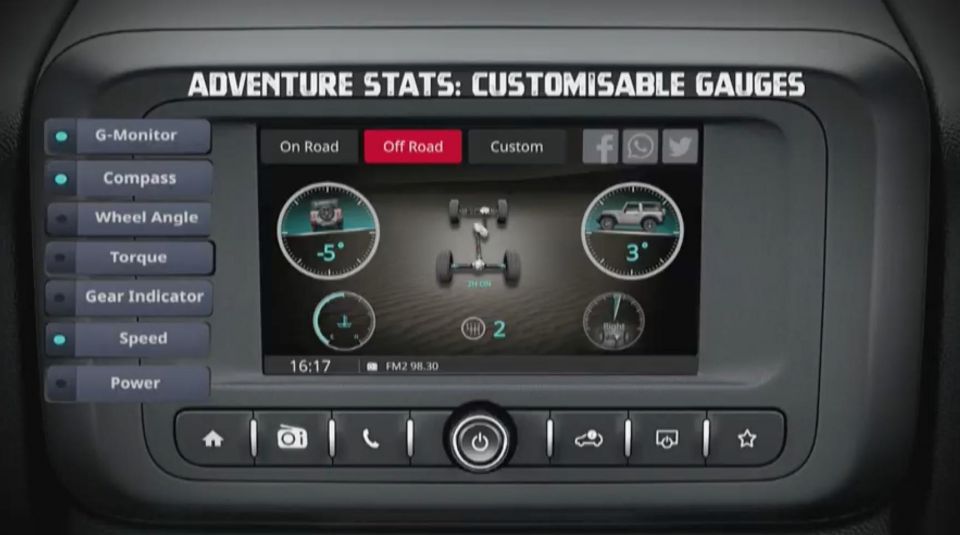
Two engines are available: a 112kW/320Nm 2.0-litre petrol and a 97kW/320Nm (at 1600rpm) 2.2-litre diesel, mated to either six-speed manual or six-speed automatic transmissions. Torque is put to the road via a part-time 4×4 system and 255/65 R18 rubber.
The Thar is only little: 3985mm long, 1855mm wide and up to 1896mm tall. The wheelbase is 2450mm. For context, it’s 500mm longer than a Jimny but a smidgen shorter than a Hyundai Venue.
It comes with a hard top or a soft top option. The doors are removable, and the floors are hose-able and have draining plugs.
Available features include vinyl or cloth seats, a 7.0-inch touchscreen, Bluetooth, power windows, HVAC, parking sensors, a TFT instrument display, and 4×4-specific menus showing pitch, roll, G-monitor and torque mapping.
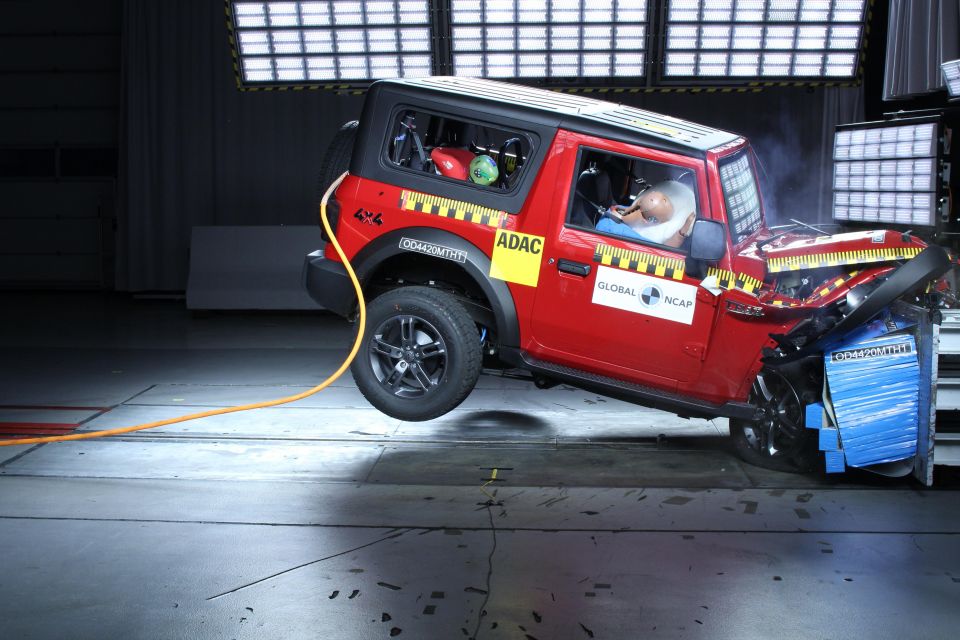
Indian models only have two airbags and there is no mention of any active driver-assist aids beyond stability control.
Mahindra has said the new one is far safer than the old model, admitting the predecessor’s crash-test performance meant it often “remained parked in hearts but not garages”.
Shortly after reveal, the old school off-roader with removable doors managed four stars out of five for both adult and child occupant impact protection in Global NCAP (India-focused, so easier than ANCAP) testing, and its structure held up well following a 64km/h frontal barrier collision.
The tester noted some footwell instability, and recommended stability control enhancements.


CarExpert.com.au
2 Hours Ago
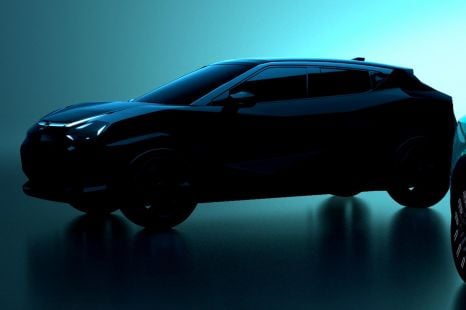

Damion Smy
16 Hours Ago
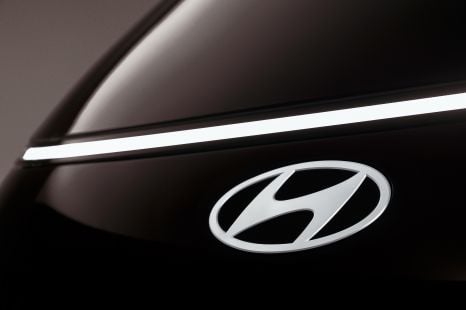

Damion Smy
19 Hours Ago
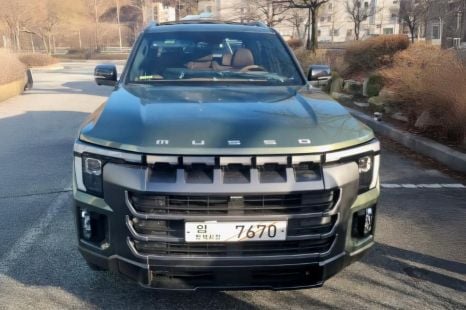

Damion Smy
23 Hours Ago


Damion Smy
1 Day Ago
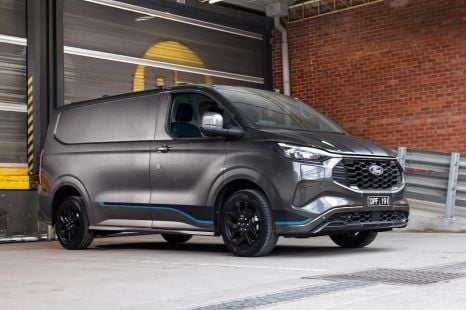

Damion Smy
1 Day Ago